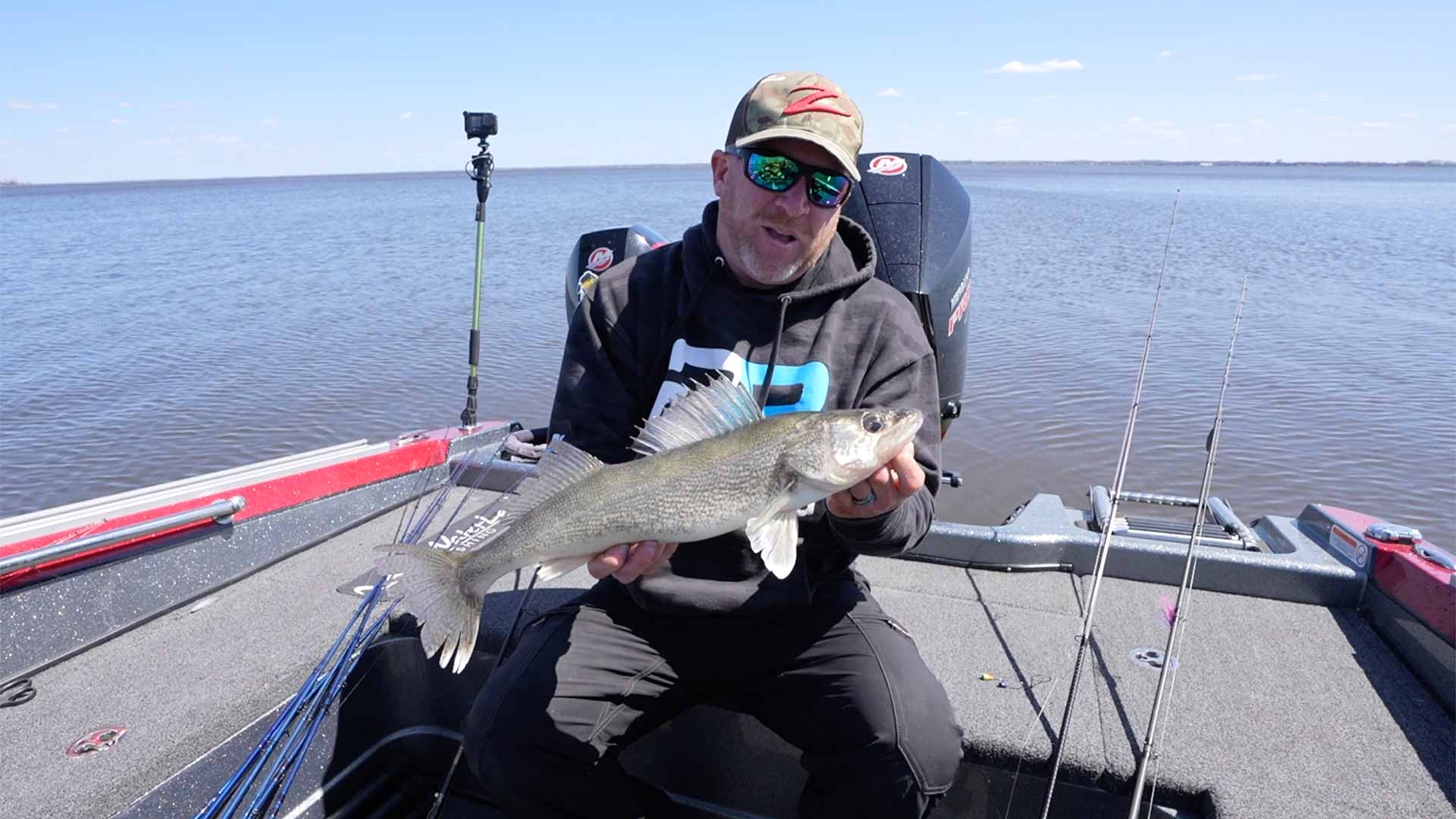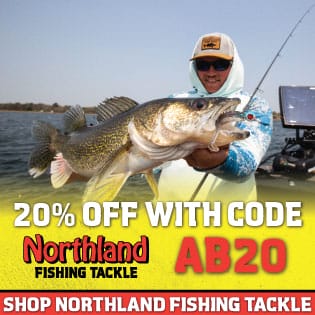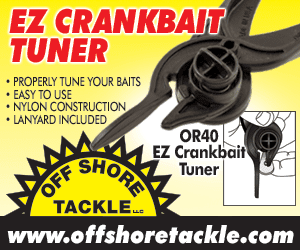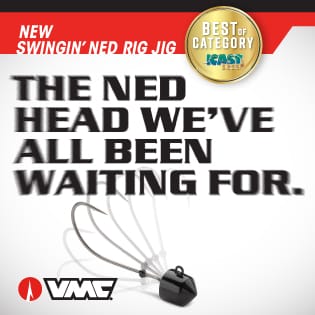Early Season Stream Trout
Winter is coming to end and anglers across the Midwest are chomping at the bit to get a taste of open water again. There’s one problem – most lakes are still ice covered as far as the eye can see. Fortunately, for Wisconsin anglers most of the states trout streams are open to catch and release.
Trout fishing offers anglers some unique opportunities, not necessarily available to traditional anglers targeting warm water species across the Midwest. There aren’t many types of fishing that allow anglers to so easily get off the beaten path and find a place of solitude. Trout angling, as a whole, has some significant advantages over its more traditional counterpart, including accessibility and an opportunity at minimal gear requirements.
In Wisconsin, the Department of Natural Resources (WDNR), and conservation groups alike, put a great deal of time and resources into ensuring anglers have opportunities for stream trout. Countless dollars and efforts are placed into fisheries management and stocking programs, which help ensure catchable trout populations of brook trout, rainbow trout, and brown trout are readily accessible to anglers in every corner of the state. Revenue generated from an additional trout stamp is used to fund these activities.
The Gear for Stream Trout
Gear requirements for stream trout are minimal in comparison to other types of fishing. A rod, reel, and handful of lures are all that’s truly necessary to put some fish in the net.
Spinning Setup
For traditional anglers, a 5 to 7 foot ultralight to light rod, paired up with a 500 to 1000 series reel will suite most stream trout fishing applications very well. Close quarters (i.e. thick brush) are more easily fished with a shorter rod. St. Croix Rods’ “Trout Series” offers options from 4’10” to 7’ in length with powers ranging from ultralight to light. These rods are designed by trout anglers, for trout anglers – and will cover just about anything angler would toss for a hungry trout. Another plus – they’re two-piece rods, so packing in and out is a breeze.
Light monofilament or fluorocarbon line is a must (4-6 LB). Fluorocarbon presents a few advantages for trout fishing as it is more abrasion resistant and less visible to wary fish. Soft plastics, inline spinners, and small crankbaits are top contenders for catching stream trout in most bodies of water. My personal favorites: the Eurotackle B-Vibe, a 2 inch soft paddletail, and the Eurotackle Z-Spender, a 2 inch micro jerkbait.
Fly Setup
For fly fisherman, an 8 to 9 foot 4-5 weight fly rod will cover most trout fishing one would encounter throughout the Badger State. St. Croix launched it’s line of Mojo Trout Fly Rods in 2018 and it was met with astounding reviews (Best New Fly Rod at the 2018 iCast). These fly rods are priced budget friendly, but are designed to perform at the highest level. Pair these will a series of 3X to 5X leaders and tippet material will cover the large majority of trout applications. Opt for heavier leaders in more aggressive techniques, and lighter leaders for more finesse methods. The list of flies that will fool a trout is truly endless. During this early season period, small streamers, like wooly buggers and leech imitations, can be very effective.
Most trout fishing locations will force an angler to carry everything they need on their person. As a result, a backpack, sling pack, or vest is a must have. Many options are available on the market, so do some research to find out which pack or vest will complement your fishing style. A high-quality net is another excellent tool and helps land fish swiftly and safely. Specialty trout nets have been developed that make for easy transport and help to protect fish from harm.
 The Location
The Location
While Teddy Roosevelt may have been referring to foreign policy, the ideology behind speaking softly and carrying a big stick applies well to trout fishing. Trout are arguably some of the most wary fish an angler will encounter. Walking and wading quietly is vital for success. Challenge yourself to make long, precise casts in an effort to avoid spooking fish. It is also vital to watch your shadows to go undetected.
The state of Wisconsin has over 13,000 miles of trout streams. With so much trout water to cover, mobility is extremely important for continued success. Don’t spend too long at one spot. A few casts per spot is all that is necessary. If limited success ensues, then move along. Trout will hold in a variety of areas depending on the stream. However, there are few common areas that will typically congregate fish including deep holes, current seams, and structure.
Fish Safety
Trout are pound for pound one of the greatest fighters in the fish community. Despite their relentless willpower and combative nature, they are particularly susceptible to harm. Stream trout species are covered in a slime coating that protects the fish from disease and infection. Be sure to wet your hands prior to handling trout, as it will help to prevent the removal of their protective coat of slime. If you plan to catch and release, keep the fish in the water as much as possible. High quality rubberized nets will protect fish from harm while handling. If you plan to take a picture, have a camera and hook remover handy so you can release the fish as quickly as possible. Less handling is always better for these fish, and is extremely important during the cold months of the year.
A $10 trout stamp is required in order fish for trout in designated streams and lakes.
The WDNR has put a lot of effort into creating some fantastic trout fisheries across the State of Wisconsin. Annual stocking is a part of this success. To find waters that have been stocked in your area, see the link below. Another tool available to trout anglers in the Badger State is the DNR’s T.R.O.U.T (Trout Regulations and Opportunities User Tool). This program allows anglers to search out trout designated waters near them and their respective regulations.
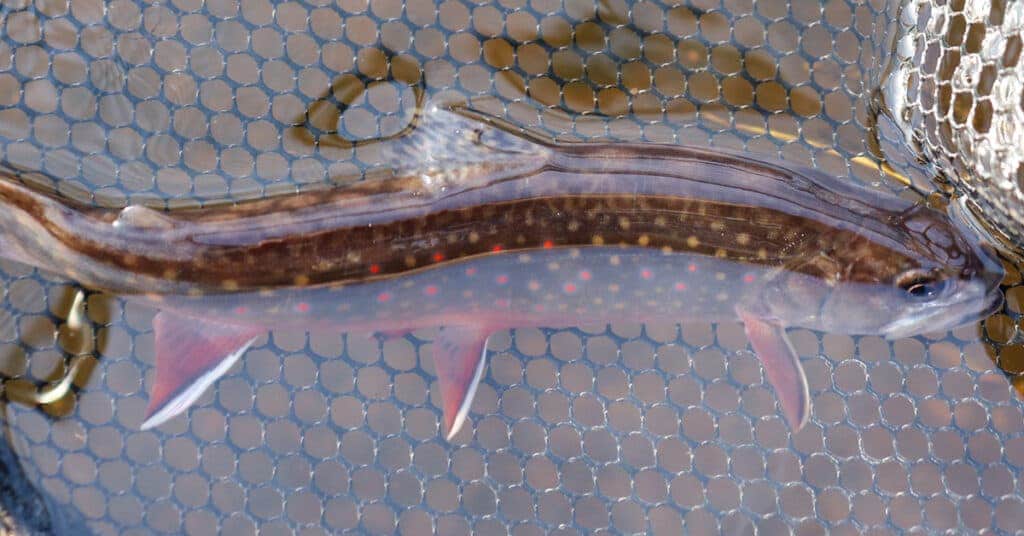
Blake Tollefson
blake.tollefson@gmail.com
218-269-8486
@btollefsonfishing on Facebook and Instagram
For more information on trout fishing in Wisconsin, see the links below.
Wisconsin T.R.O.U.T https://dnr.wisconsin.gov/topic/Fishing/trout/TROUT.html
Wisconsin Inland Trout Regulations: https://dnr.wi.gov/topic/fishing/regulations/troutregs.html
Wisconsin Catchable Trout Stocking: https://dnr.wi.gov/topic/fishing/trout/CatchableTrout.html
Wisconsin Trout Stream Maps: https://dnr.wi.gov/topic/Fishing/trout/streammaps.html

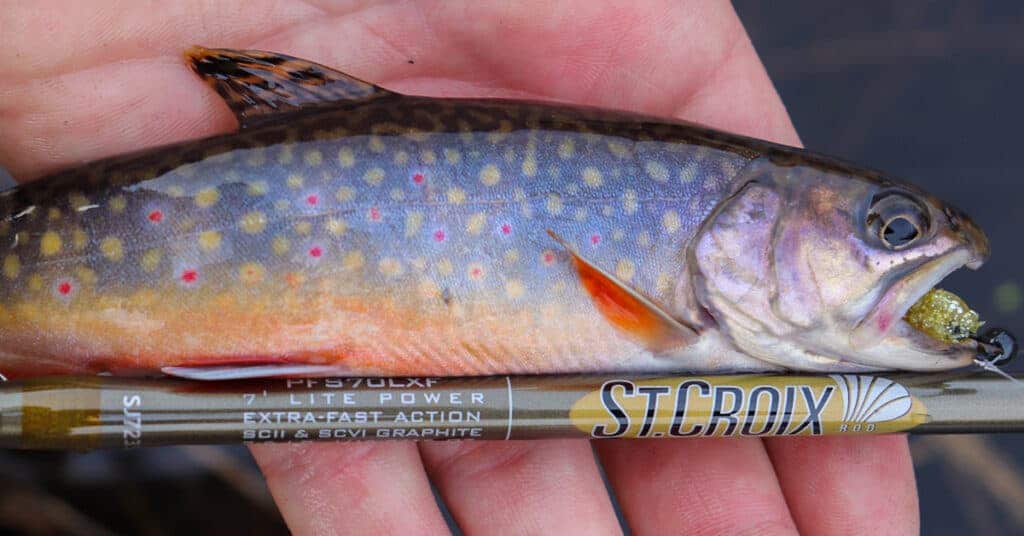
 The Location
The Location